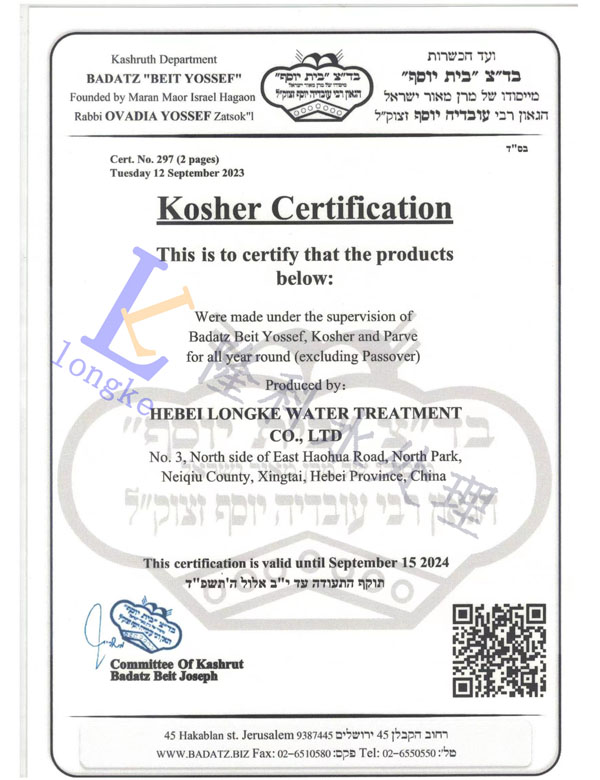Sodium HEDP Applications and Benefits in Water Treatment Solutions
Understanding Sodium HEDP A Comprehensive Overview
Sodium HEDP, or sodium hydroxyethylidene diphosphonic acid, is a phosphonic acid derivative renowned for its wide-ranging applications across various industries. Its chemical structure endows it with unique properties, making it an essential component in fields such as water treatment, scale inhibition, and corrosion control.
Chemical Composition and Properties
The molecular formula of Sodium HEDP is C2H8O7P2Na, highlighting its composition of carbon, hydrogen, oxygen, phosphorus, and sodium. It is a water-soluble compound, which is one of its most significant characteristics. This solubility allows Sodium HEDP to be easily incorporated into various aqueous systems, making it particularly valuable for applications that require consistent performance in liquid environments.
Applications in Water Treatment
One of the most notable applications of Sodium HEDP is in water treatment, where it acts as a scale inhibitor. In industrial processes, water often contains dissolved minerals that can precipitate and form scale on pipes and heat exchangers. This scale buildup can significantly impair efficiency, leading to costly downtime and maintenance. Sodium HEDP works by chelating calcium and magnesium ions, preventing them from crystallizing and subsequently forming scale. This capability makes it a favored choice for industries dealing with cooling towers, boilers, and reverse osmosis systems.
Moreover, Sodium HEDP also plays a vital role in the removal of existing scales. Its ability to bind to metal ions helps to dissolve existing deposits, making it easier to maintain clean systems. This dual function of scale inhibition and removal underscores its importance in maintaining optimal operational efficiency in various industrial settings.
sodium hedp 钠hedp

Corrosion Control
In addition to its scale-inhibiting properties, Sodium HEDP is also utilized for corrosion control. The presence of dissolved oxygen and other aggressive agents in water can lead to corrosion of metal surfaces, which compromises equipment integrity and increases maintenance costs. Sodium HEDP can form protective films on metal surfaces, thereby providing a barrier that reduces the rate of corrosion. This property is particularly beneficial in industries such as oil and gas, where the integrity of pipelines and storage tanks is paramount.
Environmental Considerations
As industries increasingly prioritize sustainability, Sodium HEDP's relatively low environmental impact adds to its appeal. Unlike traditional phosphates, which can contribute to eutrophication in water bodies, Sodium HEDP is biodegradable and less likely to cause harm to aquatic ecosystems. This characteristic aligns with global efforts to reduce the environmental footprint of industrial processes.
Conclusion
In summary, Sodium HEDP is a versatile compound with significant benefits in water treatment and corrosion control. Its ability to inhibit scale formation and corrosion while being environmentally benign positions it as a critical additive in various industrial applications. As industries continue to seek efficient and eco-friendly solutions, the importance of Sodium HEDP is likely to grow. By understanding its properties and applications, industries can harness its advantages, leading to enhanced operational efficiency and sustainability. As research and technology advance, further developments in the use of Sodium HEDP may unlock additional potential, reinforcing its status as a vital chemical in contemporary industrial practices.
-
The Ultimate Guide to Flocculants: Transforming Water TreatmentNewsNov.01,2024
-
Improve Your Water Treatment Solutions with PolyacrylamideNewsNov.01,2024
-
Enhance Your Water TreatmentNewsNov.01,2024
-
Empower You to Achieve the Highest Standards of Water QualityNewsNov.01,2024
-
Effective Scale InhibitorsNewsNov.01,2024
-
Discover the Power of Poly Aluminum Chloride in Water TreatmentNewsNov.01,2024





